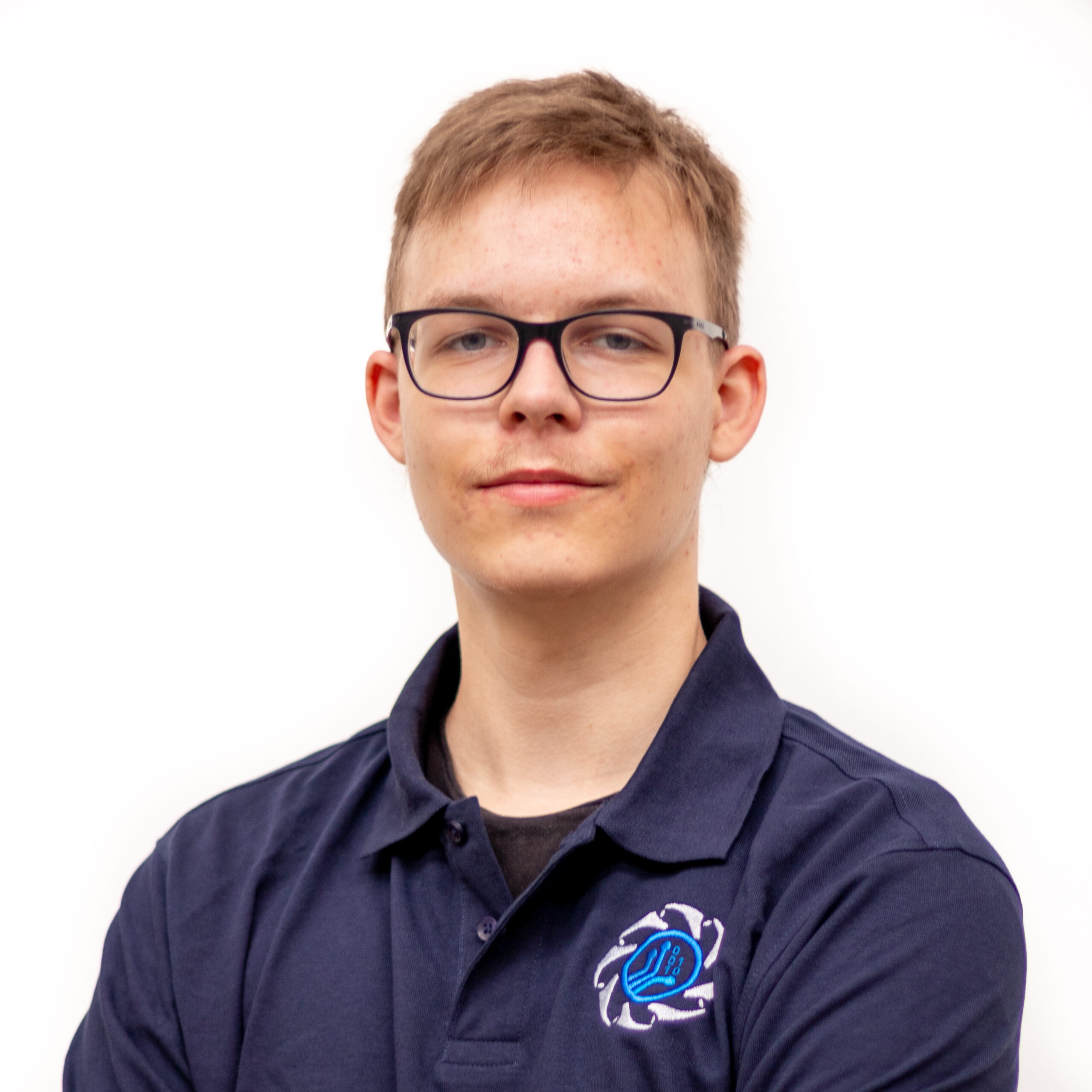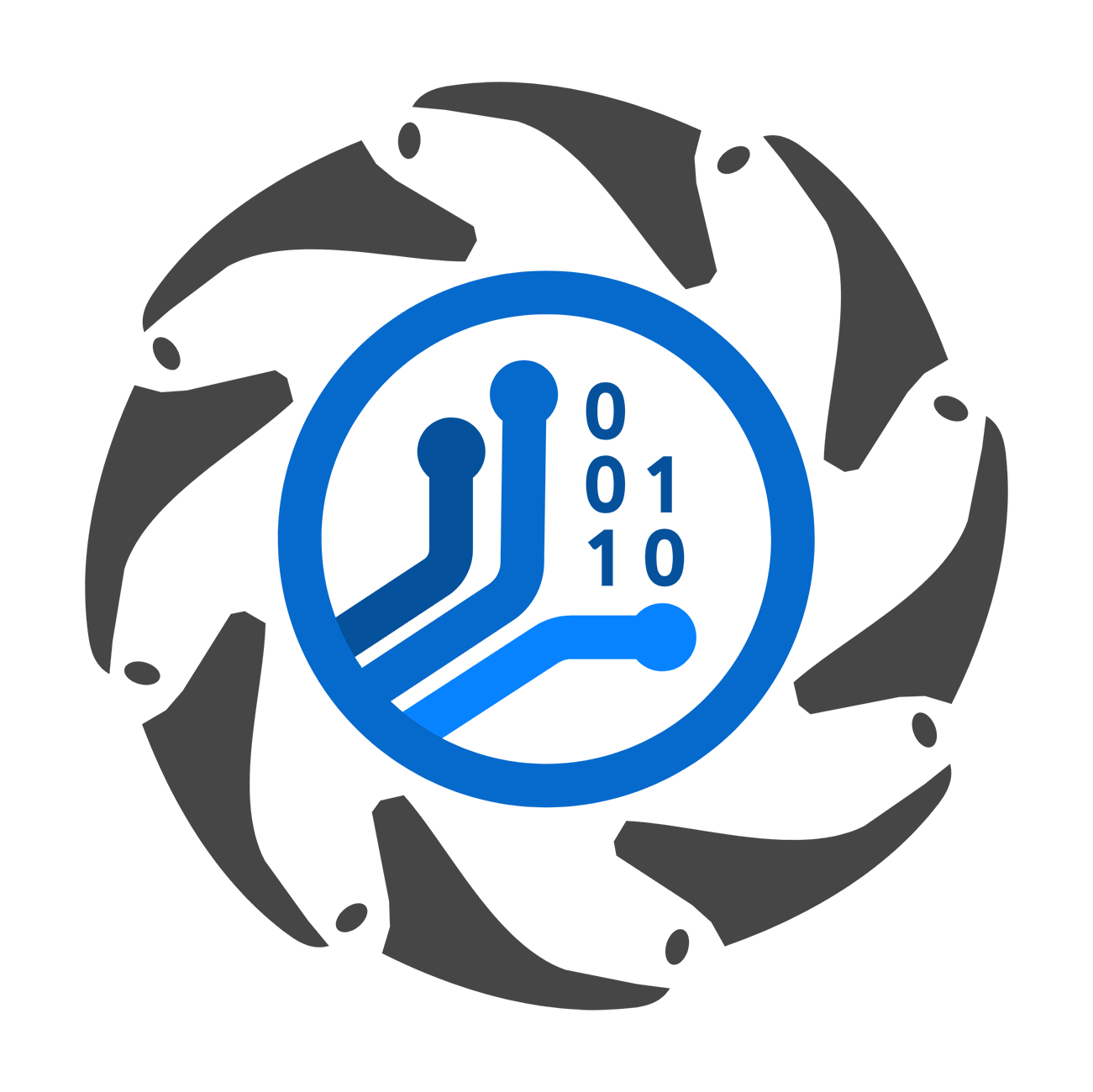Soccer Electronics
From controlling to measuring.
In the Soccer Electronics team we develop and design our own circuit boards. In addition, we test the solutions tailored for our robots and develop them further. For the design we use "KiCad" and "LTspice". Many of our circuits are quite complex, so we have to test them very extensively. We use our oscilloscopes for this purpose, for example.
ESP32-Module
We use an “ESP32-Wroom” module to control most of the robot’s functions. The incoming speed commands via the network module are converted into motor speeds and forwarded to the ESC module. In return, the ESC module sends encoder data and data from the “imu” to our server. In addition, the control of the kick and dribble devices is handled by the ESP32.
Kicker
Concept
In the “soccer small size” league, the robots play with a standard golf ball that may be accelerated to a maximum speed of 6.5 m/s . This corresponds to a total kinetic energy of about 1 joule . From a variety of options, we chose an electromagnetic kicking device because it meets several crucial requirements, such as high reliability and a sufficiently high “firing rate”.
Transformation
A flyback transformer charges two capacitors in less than a second. When the ball is kicked, the energy stored in them is then fed within milliseconds into a coil that attracts a ferromagnetic round bar. This then hits the golf ball and accelerates it. During development, special attention was paid to the implementation of safety features such as a discharge circuit and a flashing LED that warns of high voltages.
Future developments
Currently, research is still underway to improve the kicker dimensions (length, diameter, number of turns, etc.) and to select a well-suited ferromagnetic material.
Network Module
Since the Robocup Competitions are held in different countries around the globe, the available radio frequencies may vary. To be more flexible we are using a seperate Network Module which can be switched with other modules to use different frequency areas.
User Interface
To interact with our robots we need a user-friendly interface which can be accessed even if the robot is assembled and shell is mounted. We decided to use a removeable UI which can be plugged in at the interface module on the right side of our dribbling device. When the external UI is plugged in, the ESP32 gets notified and shows internal data on the display. Furthermore, robots can be controlled thru a rotatory encoder mounted on the external UI.
ESC
Task of the ESC Module is to control the BLDC-Motors of our robots. Since BLDC motors are relatively new in this speed region, there aren’t any prebuild speed controllers in our form factor, so we decided to design our own module. In order to safe space, we split the module in half and arrange them on top of each other, forming a pcb sandwich. That way every board has circuits and connectors for two motors. The communication between all boards is realised with our Main Hub.
"TMC4671"-Chip
Main component of the ESC-Modul is the TMC4671 Chip which is controlling one motor each. Controller loops for position controlling are already integrated in the chip, nevertheless it needs some additional circuits for power sensing and voltage switching.
Current sensing
In order to accurately control the motors, the controlling chip needs to know how much current is going through the motor. We are achieving this by adding Shunt Resistors in line of the three phases of the Motor. The current in each phase is proportional to the voltage over the resistor.
Molex Micro-Fit 3.0
We are using Molex Micro-Fit connectors to connect all power electronics on the robot. The connectors can deliver up to 10.5A which is just right for our purpose.
The Electronics-Team

Max Känner
Member since November 2019

Timo de Vries
Member since November 2019

Felix Lesch
Member since January 2023

Julian Schöning
Member since June 2023
